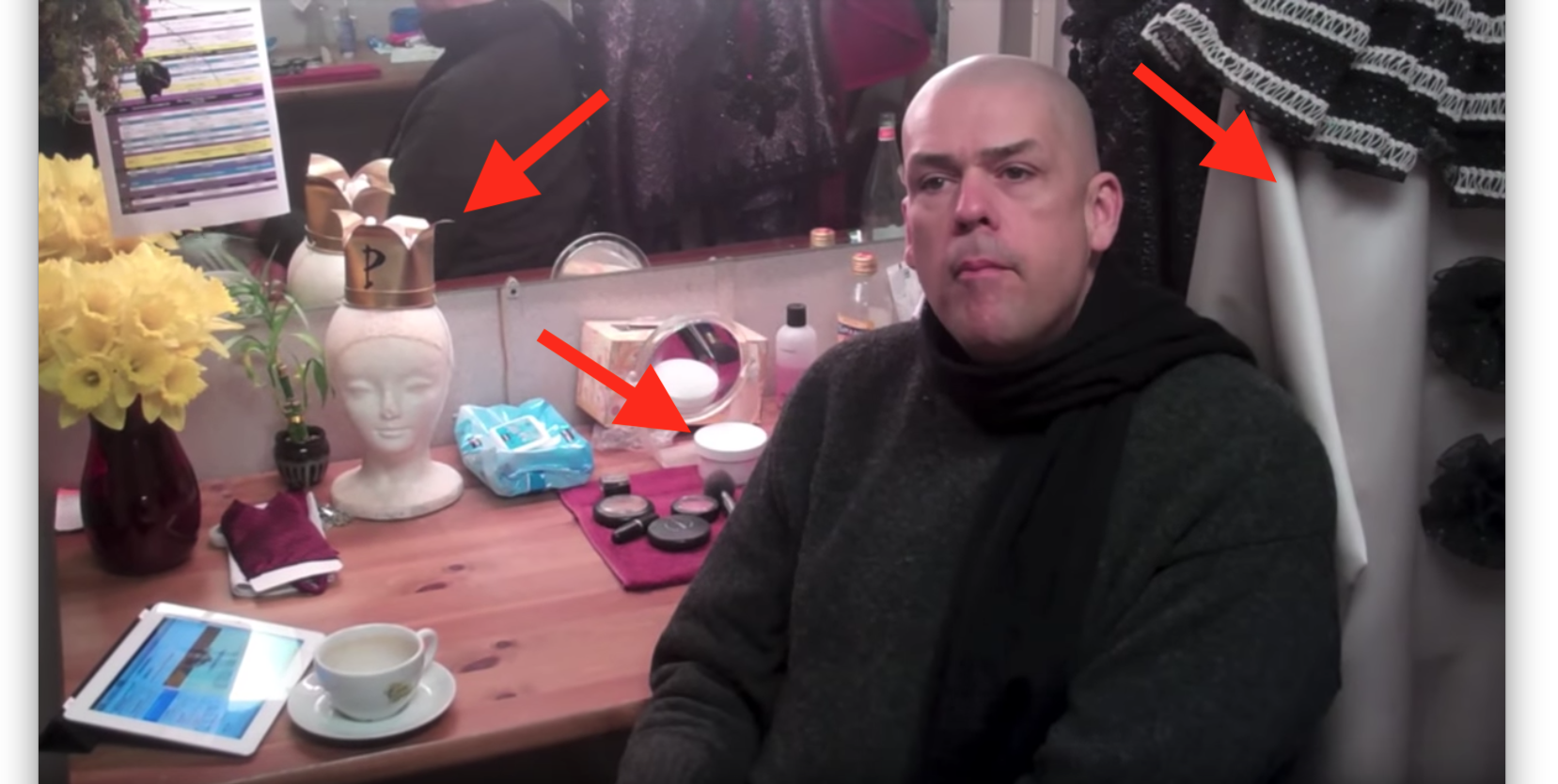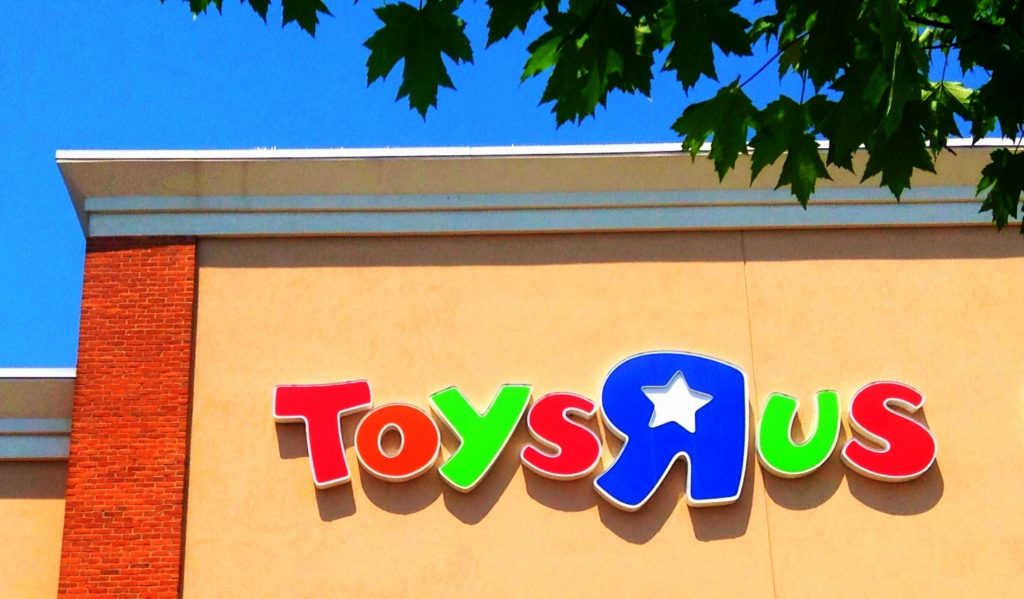Niche Positioning with Puddles Pity Party. Hit play.
https://youtu.be/MNtR15afJZE?t=1m21s
That is Puddles Pity Party – a one man cover band. Puddles has nearly 400,000 followers on YouTube, many 20+ million view videos, 140,000 monthly listeners on Spotify, and he performs all around the world. Just last week he sold out the Palace of Fine Art Theatre, a 962 seat venue in San Francisco. Puddles was also an America’s Got Talent quarterfinalist in 2017.
How on earth did this happen? And how can you replicate Puddles’ odd but tremendous success?
This post will dissect how Puddles has positioned himself over time and identify lessons that might be applicable to your endeavors.
Be Remarkable
I love you – You’re unique, you’re interesting, you’re different, and people are going to remember [you]. – Howie Mandel
Puddles is remarkable – literally.
And that’s why during Puddles’ America’s Got Talent audition the judges had such high praise for his performance. Heidi Klum commented, “very unexpected, very original, very different, and I want to see more.” Even Simon Cowell had nice things to say.
Some call Puddles’ performance a gimmick. And yes, the juxtaposition is remarkable: a sad, mute clown who sings so beautifully that you can’t help but smile. But what may have started as a gimmick has turned into millions of people (and maybe you) falling in love with a fantastic performer and supporting his art.
Puddles differentiated himself so that he could stand out. Ironically, in order to be heard Puddles chooses to not speak, making his singing voice come off that much louder by further exaggerating the juxtaposition.
Hit play below and keep reading. This song should take you to the end of this article – just another 4 minutes.
Niche Down
Puddles wasn’t born Puddles.
Puddles Pity Party is Mike Geier – the 54 year old 6’ 8” baritone. He’s obviously a talented vocalist but that’s not enough to succeed these days.
Here’s Geier in 1994 performing Disney’s I Wan’na Be like You (The Jungle Book) with one of his previous bands, The Useless Playboys.
While entertaining, Geier’s performance isn’t unique. Geier hadn’t found his niche yet. So he kept experimenting – searching for what clicked with audiences.
Geier experimented with a lot of personas. He was Big Mike, Kingsized, Greasepaint, part of the Swing Noir band called the Useless Playboys, and a part of many other acts and groups along the way.

From what I can tell, Puddles was a minor character in Geier’s repertoire for a long time before taking center stage. YouTube videos from 2009 and 2010 feature Puddles, but not our 2018 Puddles. Those videos feature a “missing link” Puddles, bridging a gap between Geier and the Puddles we know today.
Puddles’ evolution seemed to accelerate when Geier was performing at a cabaret in Seattle called Teatro ZinZanni. Geier could experiment in front of an audience every night and continuously make small improvements.
Feedback Loops
Tight and frequent feedback loops are undervalued. When done properly, tight and frequent feedback loops force you to 1) put your work out there, 2) listen to your audience’s response, and 3) to try new things in order to improve.
The problem, of course, with tight and frequent feedback loops is that you have to put your work out there, listen, and try new things – which requires a lot of motivation, time, energy, and persistance.
Iterate
When you’re just beginning, it’s important to start narrow – to do one thing well. You’ll get increasingly better at whatever it is you’re doing. But you also have to experiment and try new things.
To find the right niche, you may have to search and search and search. Hard work and persistence may pay off: You might discover your niche, your product-market fit, and become a ten-year “overnight” success like Puddles.
One obvious challenge here is balancing focus with experimentation. I think the best remedy is to be intentional – maybe even scientific – with your experiments. A “pivot” is holding most variables constant while changing others. Plant one foot while you find a better position for the other.
Enjoying this article so far? Get the next one directly in your inbox.
The Anatomically Modern Puddles
A 2012 interview with Geier hints at a nearly modern Puddles. All of the Pagliacci hallmarks were there – white face paint with red accents and the baggy clown suit. But we also see Puddles’ trademark “P” crown and his operatic singing style.
And by late 2012, there’s no doubt that Geier has found product-market fit for Puddles.
So we have some understanding of Puddles ancestry, but what makes a good niche?
Seek a Niche that’s Worthwhile
People want to be entertained. Puddles delivers because Geier understands entertainment. He understands fans, culture, originality, comedy, presence, and performance. And he studied and emulated one of the greats – Elvis – for years.
But your niche can’t just be worthwhile to your future customers. In order to compete long term, your niche has to be worthwhile to you too – financially and artistically.
Puddles’ niche may be focused but it’s not small.
Puddles has enormous appeal. His covers of pop songs cut cross both time and genre – attracting fans of David Bowie, Lorde, Elvis, R.E.M., Sia, Queen, Tears for Fears, Radiohead, Johnny Cash, Twenty One Pilots, Coldplay, and even a mashup of STYX + Disney’s Frozen.
Seek a Niche that’s Under-served
Niching down sends a signal to your customers that you’re dedicated to a specific thing that they care deeply about.
Go after a market that’s under-served. Your market will be thrilled that someone is finally paying attention to them and reward you with their time, attention, and money.
Going after an under-served market lets you deliver disproportionate value immediately. When you over-deliver, your fans will be evangelical, bringing others into the fold and reducing your customer acquisition costs.
Seek a Niche that’s Defensible
There’s no lack of great singers out there – in fact it’s a competitive, cut-throat market for up-start singers. Supply is much greater than demand for talented vocalists. That’s the core reason why Geier didn’t have Puddles-level success as Big Mike, Kingsized, Greasepaint, or the Useless Playboys.
But as Puddles, Geier is in a category of his own – a great position to defend from competition.
I dare you to copy Puddles. You will fail. You’ll fail because blatantly copying his ideas will make you look ridiculous. You can never be an exact clone of Puddles anyway because he’ll always be the original and you’ll always be the copy.
When considering a niche, think about defensibility. There are many ways to defend your position in a competitive landscape. Ideally, one feature of your position would be an element of self-defensibility.
Summary
When you’re starting something new, seek out a niche – a niche that’s remarkable, worthwhile, under-served, and defensible. Experiment and iterate, holding on to what works and leaving behind what doesn’t. Once you find a valuable position in your competitive landscape, ruthlessly exploit it, cautiously grow it, and begin to invest in your next move. Land and expand.
I agree with Simon Cowell. I think Puddles is “fantastically brilliant” and I think his strategy for finding and owning a niche has been a success that will continue to pay off for Geier, his team, and his fans.
PS: If you have another 4 minutes, I’ll leave you with one final video from 2014 (Dancing Queen by ABBA). I want you to note how many people are recording him in this tiny coffee shop in 2014. Puddles is safe, fun, and worthwhile – the formula for sharability – a concept I lifted straight from Ryan Holiday’s Perennial Seller.
Don’t miss new posts! Subscribe!


